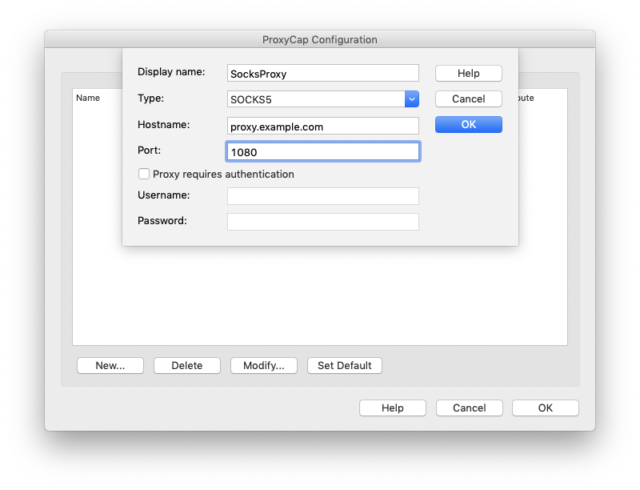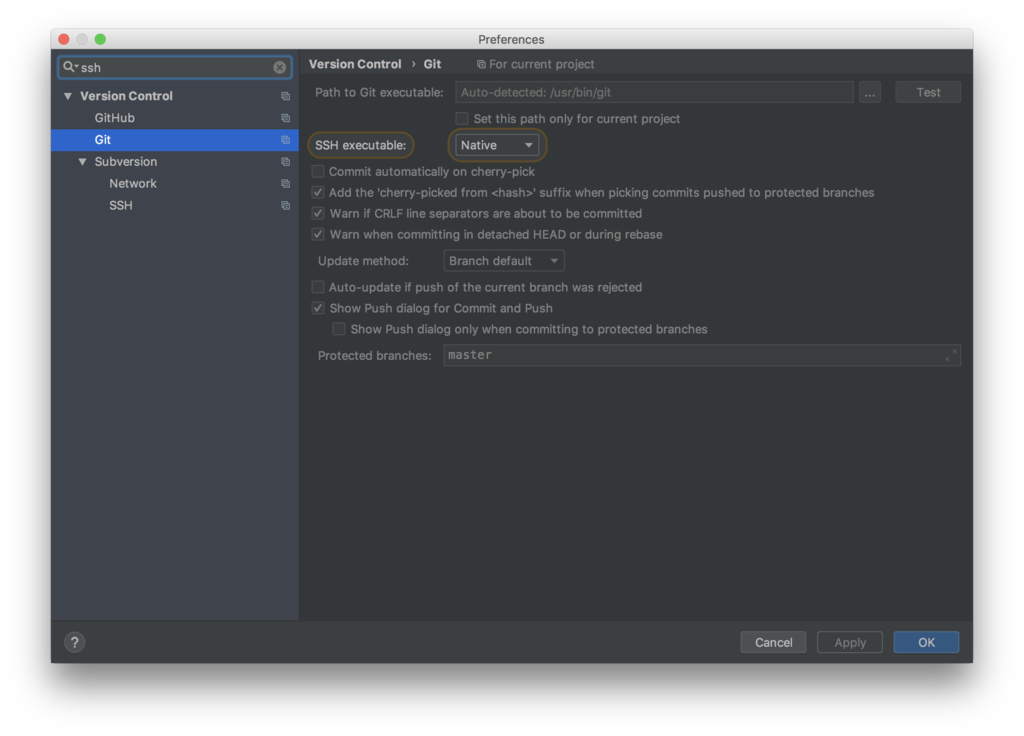

For example, your Procfile might look like this: web: node -inspect=9090 index.jsįor Java applications, you must provide the -agentlib option to configure the Java Debug Wire Protocol (JDWP). For Node.js, you must add the -inspect=9090 to the node command that starts your app. In all cases, you must first configure your application to enable remote debugging. Many popular IDEs provide remote debugging capabilities through an SSH tunnel. If you want to selectively enable JMX, you can add the $HEROKU_JMX_OPTIONS environment variable to the java command used to run your app. But other commands such as ps:exec and java:jmap will continue to work. This will disable commands like heroku java:visualvm, which require JMX. You can prevent this by running: $ heroku config:set HEROKU_DISABLE_JMX=1 When Heroku Exec is enabled, the default JAVA_TOOL_OPTIONS environment variable will change to include options that enable JMX for all Java processes in your dyno. Run heroku help java for a list of more Java-related commands, such as: But JConsole will warn you that the connection is insecure because the JVM is not aware of the lower-level encryption. The JConsole connection is routed through a secure SOCKS proxy created with SSH, which ensures that all traffic is encrypted.

Then you can open a JConsole connection to a dyno by running this command locally: $ heroku java:jconsole
#Pycharm ssh proxy install
To use Java debugging tools, you must first install the Heroku CLI Java plugin by running: $ heroku plugins:install java With the proxy running, you can access any port inside the dyno. Start the proxy by running this command: $ heroku ps:socks You can also use a local SOCKS proxy if you need to forward traffic on multiple ports. Then connect your remote debugger, profiler, or even a browser to localhost:9090, and your requests will be routed through a secure socket to port 9090 in the dyno. Listening on 9090 and forwarding to web.1:9090. In the following example, 9090 is both the local port and the dyno port: $ heroku ps:forward 9090 In addition to creating an interactive terminal session, the CLI can forward traffic on a local port to a port inside a dyno. = limitless-savannah-19617 Heroku Exec status If you run into problems connecting to a dyno, use the -status flag to check the status of the Exec connection: $ heroku ps:exec -status A redeploy is NOT required for apps in the Common Runtime: $ git commit -m "Heroku Exec" -allow-emptyĪfter your application has deployed, you can run the command again to connect to your web dyno: $ heroku ps:execīy default, Heroku Exec connects to your web.1 dyno, but you can optionally specify a dyno: $ heroku ps:exec -dyno=web.2 If you are using Exec with a Private Spaces app, a custom buildpack will automatically be added to your app, and you’ll have to redeploy. You can use Heroku Exec by running: $ heroku ps:exec It allows for SSH sessions, port forwarding, remote debugging, and inspection with popular Java diagnostic tools. Heroku Exec is a feature for creating secure TCP and SSH tunnels into a dyno. Precompiled deployment with Private Spaces.I don't know if I did everything correctly.

But the connection lasts endlessly: no error, no connection.

P圜harm is seeing it, otherwise, it would bring an error ("no such hostname" or something like that). But when I tried to do it with P圜harm, a strange thing happens: as you can see on the screenshot, I wrote the same host as in the config and tried to connect. When I'm trying to connect to host_2 from cmd, using config and Prox圜ommand, it goes well. I want to do it in the same way, as at the host_1, but the problem is that connection to host_2 is only available through the proxy tunnel of host_1 (host_2 is in the internal web).
#Pycharm ssh proxy code
I have two remote hosts and my local computer: let it be host_1 and host_2įor the first time, I used P圜harm remote interpreter via SSH connection to host_1, and it worked really cool: remote deployment, running all scripts on host_1 and etc.įor now, I need to copy my project to the host_2 and run some code on that machine (to use all the GPUs for training for that I have access and to run some experiments on that machine).
#Pycharm ssh proxy professional
I am using Professional Version of P圜harm 2020.1.3


 0 kommentar(er)
0 kommentar(er)
